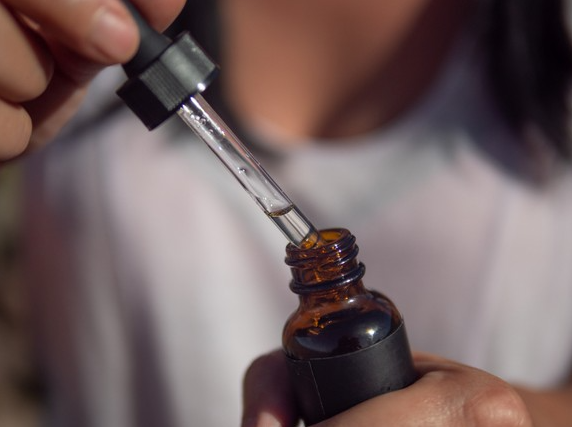Nitrite amyl poppers have gained massive popularity over the last few decades.
They seem to be at the forefront of nightlife and alternative subculture these days. Originally medical, those little bottles became a favourite of the masses for a short high that is easily reached and left. From clubs to rave parties, the popper found its place in every form of social gathering.

The Origins and Evolution of Poppers

The main ingredient in Poppers is amyl nitrite. It was prepared in the 19th century for the treatment of angina because it contains blood vessels by broadening them. When inhaled, this compound swiftly appears to have a ‘happy’ effect on the head and relaxes muscles.
Poppers became popular in the gay community in the 1970s, mainly in clubs. They were known to make dancing better and people less shy. Over time, more people started using them for a quick and legal high.
Why Poppers Are Popular Today
The attraction of amyl nitrites poppers in modern culture is that they are highly accessible, affordable, and have immediate effects. In contrast to other substances for recreation, poppers are legal in most countries and, therefore, not difficult to acquire. They give an intense, short-term high without the prolonged highs that are characteristic of drugs in the traditional sense. Users report feelings of euphoria, disinhibition, and increased connectedness to their environment, which makes poppers particularly popular in social settings such as clubs, parties, and concerts.
Poppers have become popular because they are shown in media and pop culture. They have been mentioned in songs, television shows, and movies, making them more known. This visibility helped them become more likable to younger people who want to try the fun feelings they provide.
Health and Safety Considerations
Even though many people like poppers, using them has risks that users need to know about. Inhaling amyl nitrite can cause headaches, dizziness, and nausea. More seriously, using them too much or for a long time can lead to chemical burns or damage the breathing system. Health experts say that poppers should be used carefully and never swallowed or mixed with other drugs like Viagra or heart medications because this can cause harmful drops in blood pressure.
Because they are hazardous to health, poppers have obtained more regulatory attention in many countries. Sales and distribution are restricted in some areas, but they generally remain available under various labels, such as “room deodorizers” or “liquid incense,” mainly to skirt regulations.
Cultural Significance and Stigma
The rise of poppers in popular culture has brought along some debates. The supporters say these views are steeped in retrograde attitudes, demeaning poppers for their connection to sexual enhancement and the LGBTQ+ community, and fail to see how poppers create shared experiences and allow people their freedom.
As drug policy and harm reduction discussions have entered the mainstream, the conversation around poppers has gradually shifted from criminalization to education and safety. To this end, social campaign awareness now focuses on correct information about responsible use, rather than trying to dissuade it, under the recognition of its place within modern social life.
Final Words
Amyl nitrite poppers have found their place in today’s culture. Their popularity shows that people remain highly interested in things that deliver swift, happy relief from everyday anxieties. Though many debate their use, their impact on parties and other social events worldwide is notable. Like any recreational substance, knowing how to use them wisely is essential for having a safe experience.

